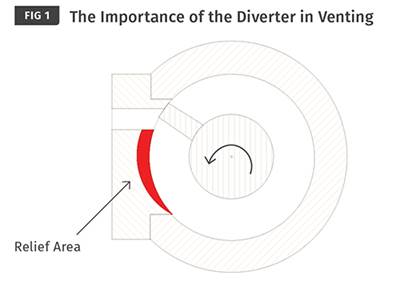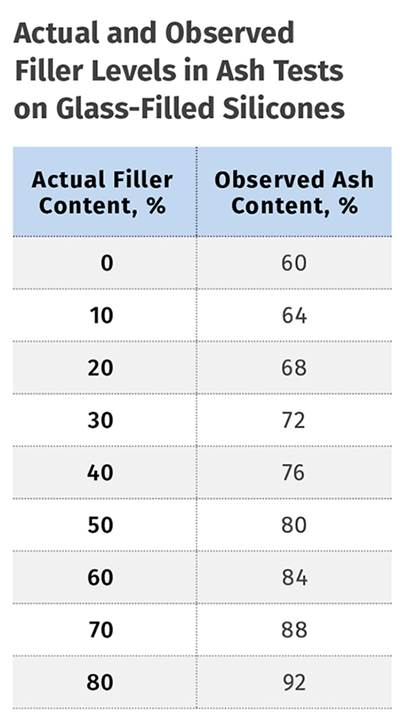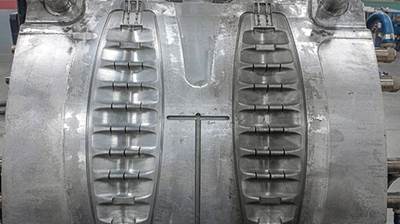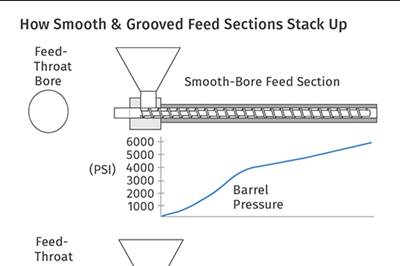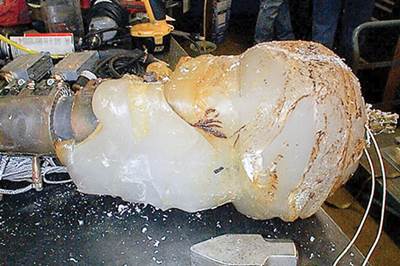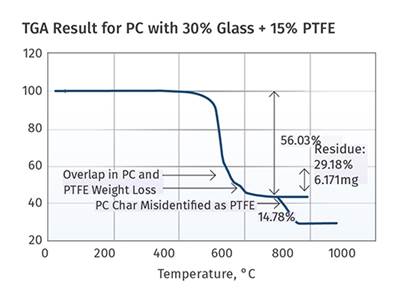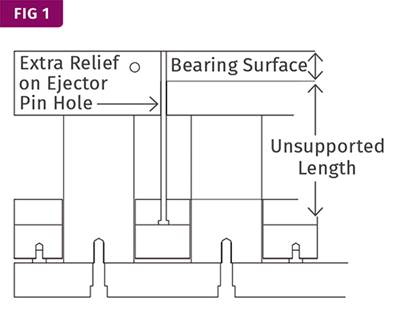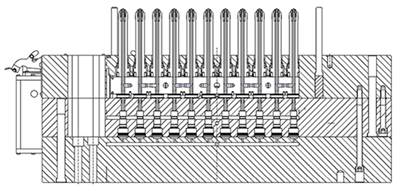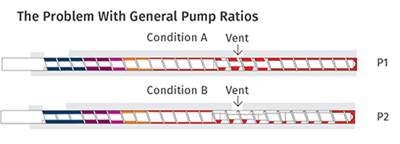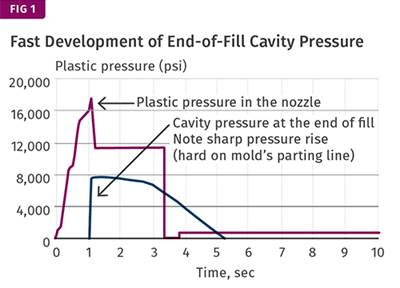Know-How
Extrusion: What’s the Best Way to Vent?
There are advantages and disadvantages to each, and they must be evaluated before making a decision.
Read MoreMaterials: Analyzing Filler Content
The process is considered simple. But things aren’t always as they seem.
Read MoreTOOLING: What You Can Do About Mold Buildup
It depends on the materials and additives you use, and the kinds of mold detail, but adequate venting, not overheating the material, and mold coatings are your best defenses.
Read MoreEXTRUSION: Are Grooved-Feed Extruders Right for You?
In specific circumstances, this design can increase output and reduce melt temperature. But grooved feed throats are not for every application.
Read MoreINJECTION MOLDING: The Trouble with Mismatched Nozzle Tips & Sprue Bushings
It happens more than most molders realize and can cause a host of molding problems. Here’s what to look for and how to fix it.
Read MoreMATERIALS: Analysis Gone Wrong: Part 2
But even misinterpreted tests can yield an approximation of the real composition of the material.
Read MoreTOOLING: Ejectors: Watch That ‘Unsupported Length’
It may be an unfamiliar term, but it’s the key to preventing ejector-pin deflection and breakage
Read MoreBLOW MOLDING: Single- or Two-Stage PET Bottle Making: Get to Know Your Options
The decision which process to use can be quite complex. Here are pointers that will help you to choose the right one for your application
Read MoreEXTRUSION: Avoid General ‘Pump Ratios’ On Two-Stage Screws
Instead, rely on basic data and calculations to determine the proper depth of the first and second metering sections
Read MoreINJECTION: First to Second Stage Transfer: Should There Be ‘Bounce-Back’?
How much screw ‘jumping’ or bounce-back can your process tolerate? The answer is no surprise: It depends
Read More